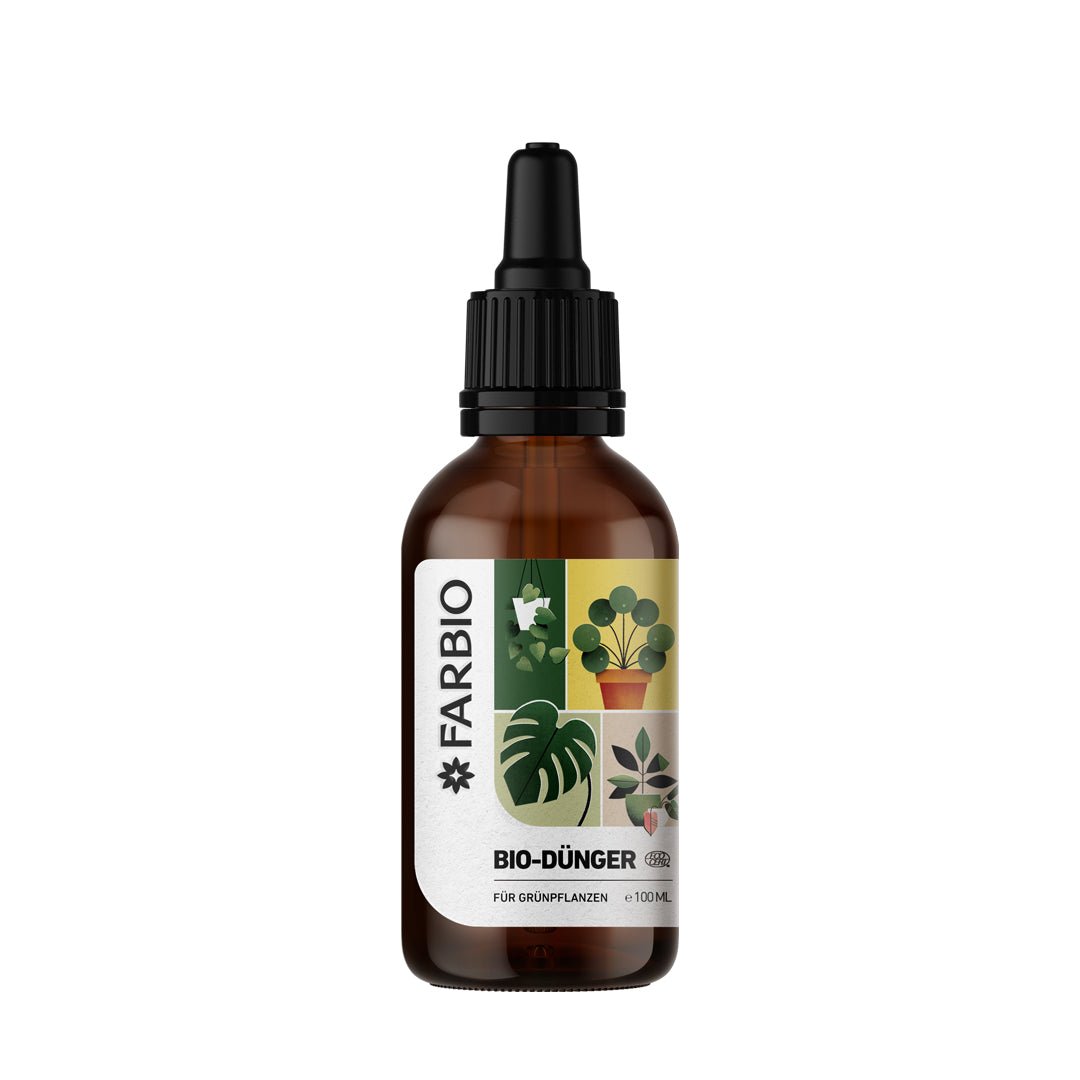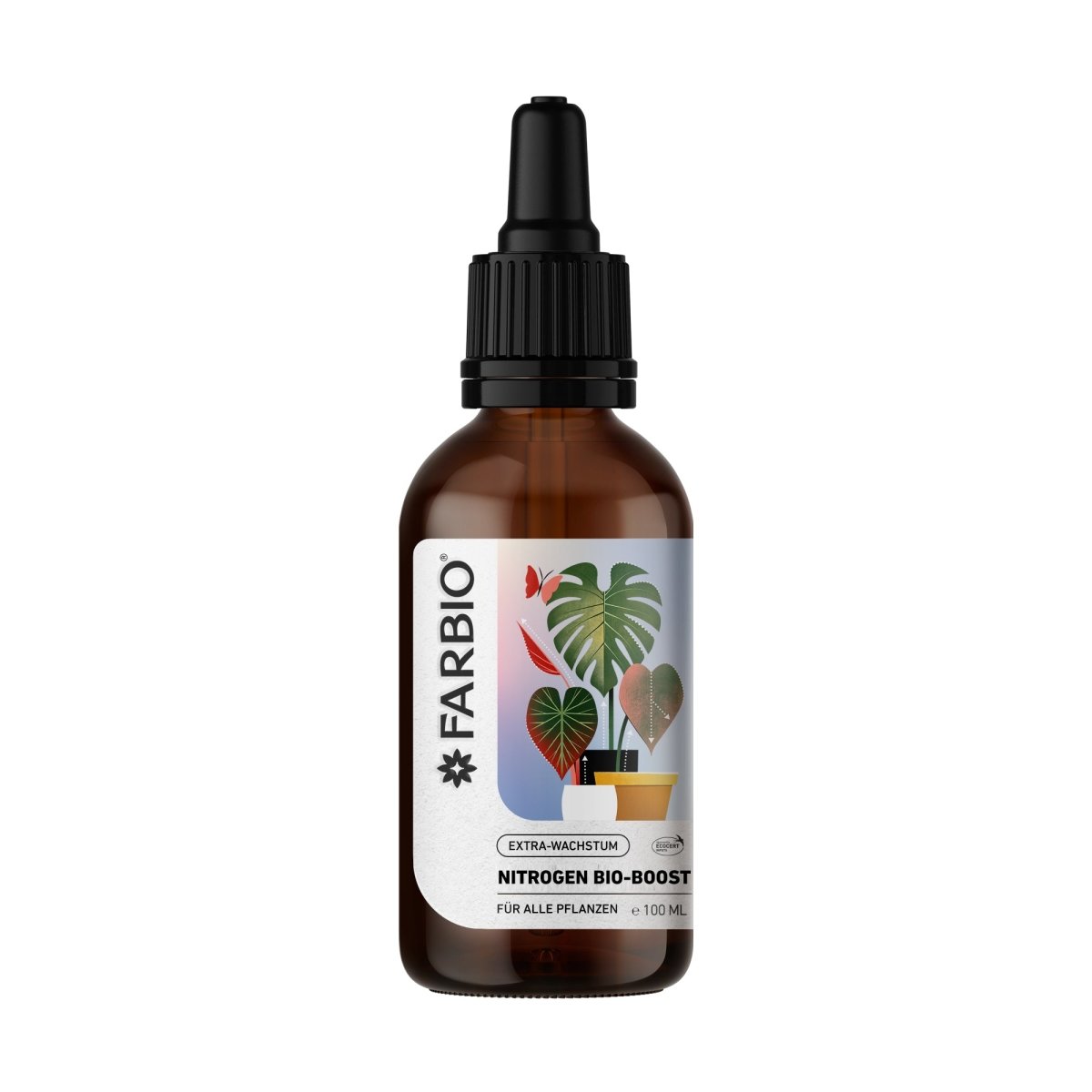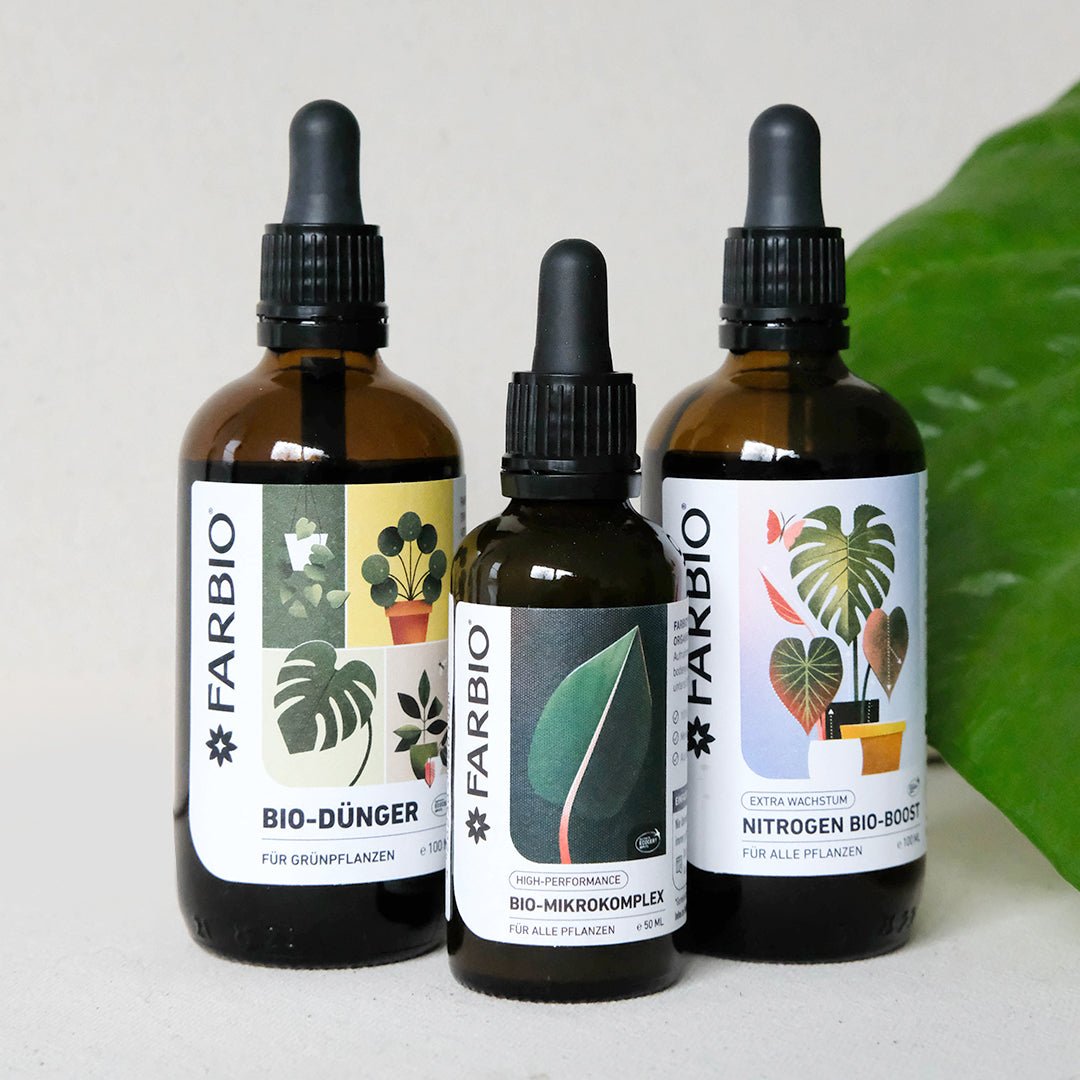In the world of houseplants, a very special trend is becoming increasingly popular: Kokedama, the Japanese moss ball. This charming way of cultivating plants in a moss ball and hanging it on a string can not only be aesthetically pleasing but also be a creative DIY activity. In this article you will learn how you can bring the kokedama trend into your home.
What does kokedama mean?
The term "Kokedama" comes from Japanese and is made up of the words "koke" (moss) and "dama" (ball). Kokedama literally means moss balls. This innovative way of plant decoration consists of a ball of earth wrapped with moss and wire and allows the plant to be displayed in the home in a unique way.
Where do kokedama come from?
This tradition has its roots in ancient Japan, where it originated as a form of bonsai farming. Originally, kokedamas were used as decorative elements for gardens and tea rooms because pots were very expensive. However, over time they found their way into modern living spaces and are now enjoying growing popularity worldwide.
Which plants are suitable?
The variety of plants suitable for moss balls is large. In principle, small plants with a compact root system are best suited. Popular candidates are ferns, ornamental grasses, ivy, succulents or orchids (although these require a special substrate and therefore a slightly different technique). You can be creative and choose the plant that best suits your style.

DIY step-by-step instructions for the moss ball
Would you like to make your own kokedama? No problem! Here is a simple step-by-step guide on how to make your own moss ball:
Get materials: You will need potting soil, fresh moss or sphagnum moss, thread, string or wire, a plant of your choice. If necessary, a bucket of water or simply a sink filled with water. Also a hook that you can hang the houseplant on later.
Prepare the plant: Carefully remove excess soil from the plant's roots. Be careful not to damage the roots.
Form a ball: Wrap the plant's roots with a handful of soil until it forms a compact ball. Press the soil lightly to form a firm shape. For an orchid, fill the orchid substrate into a coffee filter as it is not stable enough on its own.
Wrap with moss: Wrap the earth ball with moss so that the earth does not fall apart and does not dry out so quickly: Make sure that you distribute the moss evenly to create an aesthetically pleasing ball. If you are using fresh moss sheets, place them with the green side facing out.
Attach and Attach: Wrap twine, nylon cord, or floral wire tightly around the moss ball to hold it together. Then attach a string with a loop to hang the kokedama from.
Dip in water: Carefully dip the moss ball with the plant into a bowl of water so that the moss can soak up and ensure that the moss is well moistened.
Allow to dry: Allow your homemade kokedama to drain and dry well in a shady location before placing it in its final location.
You have to keep this in mind when caring for Kokedama
To ensure that your kokedama stays beautiful for a long time, appropriate care is crucial. Here are some tips you should keep in mind:
Watering kokedama
Watering the kokedama requires special attention: pay attention to the weight of the ball. It's best to feel how heavy the ball is after the first dip and wait until it is significantly lighter before it needs to be watered.
Dipping Method: Submerge the entire kokedama in water until completely saturated. Drain off excess water and squeeze out lightly.
Adjust watering interval: The watering intervals depend on the type of plant and the lighting conditions. In general, it is better to give little water and to choose plants that can survive on little water.
Fertilize: Add liquid fertilizer to the water so that the plant is well supplied. By using natural fertilizers, houseplants can be cultivated sustainably.

You can find out more about fertilizing in this video .
More tips
Lighting conditions: Place your moss ball in a place with enough light but without direct sunlight.
Humidity: To prevent the moss balls from drying out, you should spray them from time to time using a spray bottle with mkit water.
Rotating the ball: Rotate your kokedama every now and then so that all sides are exposed evenly. This helps the plant grow evenly.















